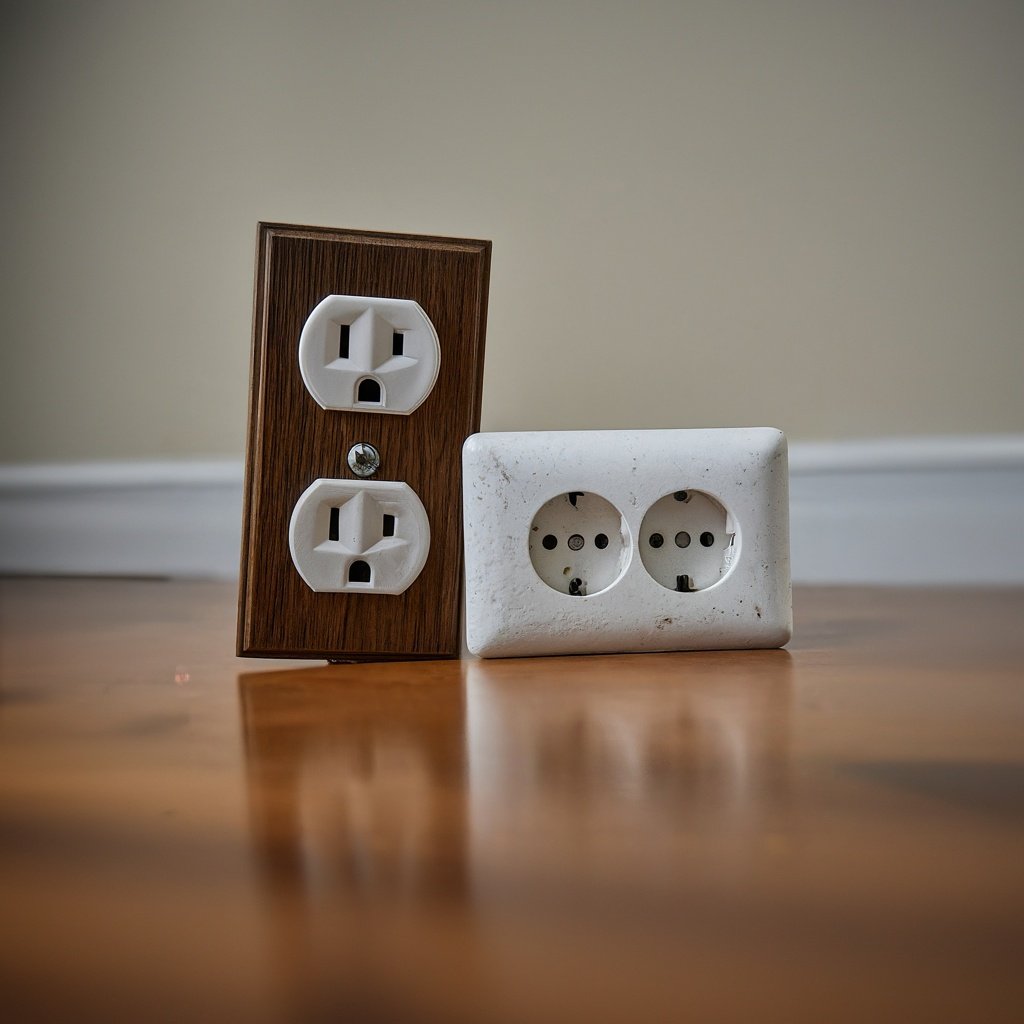Change 2 Prong To 3 Prong Outlet No Ground: A Guide
If you live in an older home, you may have noticed that some of your outlets only have two prongs instead of the standard three. This is because older homes built with the different electrical safety standards as modern homes. The third prong on an outlet is known as the ground prong. That's an important safety feature that helps protect you and your home from electrical hazards.
You may be wondering if it is possible to change them to three prong outlets without a ground. In this article, we will discuss the process of changing a two prong outlet to a three prong outlet without a ground.
Can You Change a 2 Prong Outlet to a 3 Prong Outlet Without a Ground?
The short answer is yes, you can change a 2 prong outlet to a 3 prong outlet without a ground. The ground prong on a three prong outlet is aim to carry away any excess electricity if there is a fault or surge. Without this ground, the excess electricity has nowhere to go and can build up. It causes damage to your appliances or even posing a risk of electrical shock.
The National Electrical Code (NEC) mandates that all outlets must be grounded. Replacing a two-prong outlet without a ground wire violates these standards. Additionally, some local building codes may also require all outlets to be grounded.
Step-by-Step Process
Step 1: Turn off the Power
Before you begin any electrical work, it is important to turn off the power to the outlet you will be working on. You can do this by flipping the circuit breaker that controls the outlet or by turning off the main power switch to your home.
After turning off the power, it's a good idea to test the outlet to make sure it's truly off with voltage tester. If the tester lights up or beeps, that means there's still power to the outlet. Furthermore, you need to locate the correct circuit breaker to turn off.
Step 2: Remove the Old Outlet
Using a screwdriver, remove the cover plate and screws from the old outlet. Once the outlet is out of the wall, you will see three wires attached to it: a black (hot) wire, a white (neutral) wire, and a bare copper (ground) wire. If your outlet does not have a ground wire, you will only see the black and white wires.
When removing the old outlet, be sure to take note of how the wires are connected. This will help you when it comes time to connect the wires to the new outlet.
Step 3: Identify the Hot and Neutral Wires
Using a voltage tester, identify which wire is the hot wire and which is the neutral wire. The hot wire will have electricity running through it, while the neutral wire will not. If these wires are not correctly identified and connected, your outlet may not work properly, and it could even pose a safety risk. If you are unsure, it is best to consult a licensed electrician.
Step 4: Connect the Wires to the New Outlet
Take your new three prong outlet and connect the black (hot) wire to the brass screw, the white (neutral) wire to the silver screw, and the bare copper (ground) wire to the green screw. If you do not have a ground wire, you can connect the black wire to the brass screw and the white wire to the silver screw. Be sure to connect the wires to the correct screws. Connecting the wires incorrectly can result in the outlet not working properly.
Step 5: Install the New Outlet
Carefully push the new outlet back into the wall, making sure not to pinch or damage any wires. Secure the outlet to the wall with screws and attach the cover plate.
After installing the new outlet, take a moment to double-check your work. Make sure all the wires are securely connected and that the outlet is firmly attached to the wall.
Step 6: Test the Outlet
Once the new outlet is installed, turn the power back on and test the outlet with your voltage tester. If everything is working properly, you should have power to the outlet.
If the outlet is not working properly, or if the voltage tester indicates a problem, turn the power back off and double-check your connections. If you're still having trouble, it may be best to consult a professional electrician.
The Benefits of Upgrading to a Grounded Outlet
Upgrading to a grounded outlet has some benefits, including:
Increased safety: It provides a safe path for electricity to flow in if there is a fault or surge. This helps protect you and your home from electrical hazards.
Protection for your appliances: Grounding also helps protect your appliances from damage caused by electrical surges.
Increase the resale value of your home: Having grounded outlets can be a selling point. Moreover, some insurance companies may offer lower premiums for homes with grounded electrical systems.
Conclusion
In conclusion, while it is possible to change a 2 prong outlet to a 3 prong outlet without a ground, it is not recommended. Important to check with your local building department before attempting to make this change. Upgrading to a grounded outlet provides increased safety and peace of mind.
If you're unsure about what to do, it's always a good idea to consult with a professional. They can provide you with expert advice and help you make the best decision for your home and your family.


